Tuesday, April 28, 2009, 08:30 PM - Lenses
This is a 500mm F/8 russian mirror lens (m42 mount) of Maksutov (not Matsukov, as I first spelled it) design, manufactured by LZOS.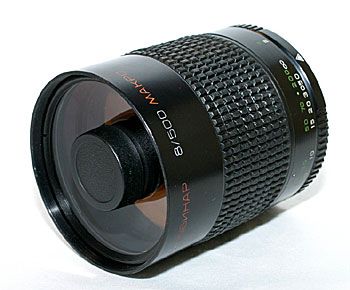
Significantly more compact than a traditional 500mm lens, it is reasonably hand-holdable if there is enough light. While it is f/8, its actual transmission factor is about T/10, as the central mirror obstructs some of the light.
With such a focal length, you can shoot objects which are significantly far away...
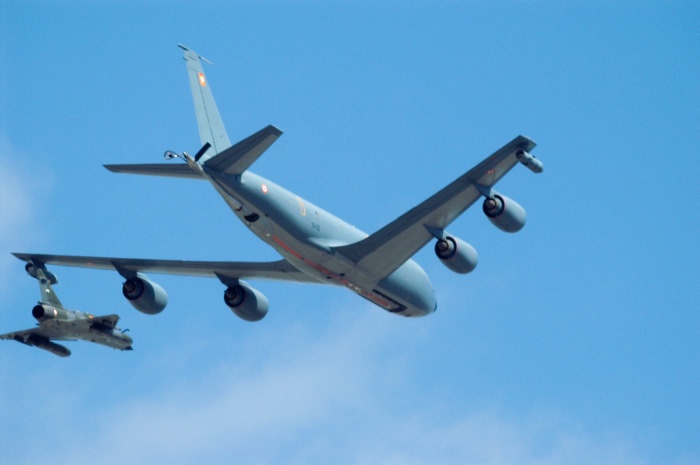
... or isolate "details":
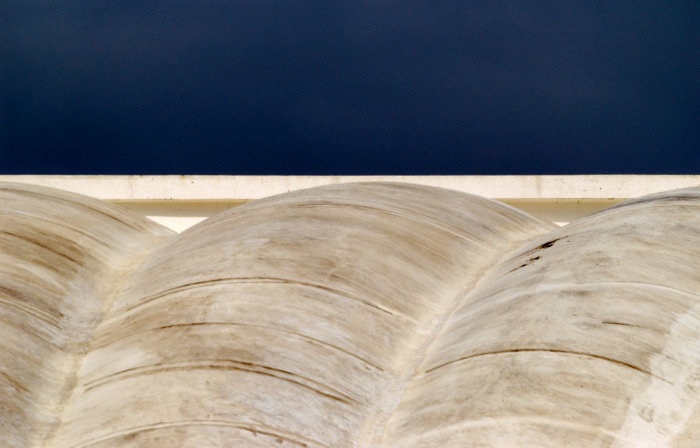
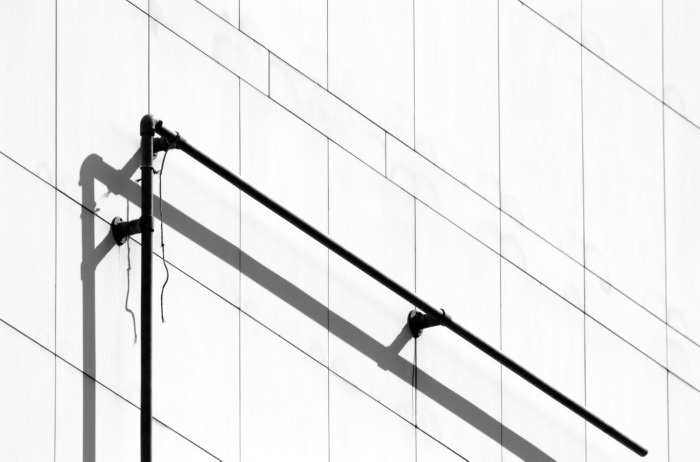
While it is advertised to be a macro lens, in reality it allows close-ups, but not more:

(this is an high-key shot, so if your screen is not properly calibrated, you might not see anything on this picture)
With this long focal length, you can shoot architecture with nearly no perspective distortion:
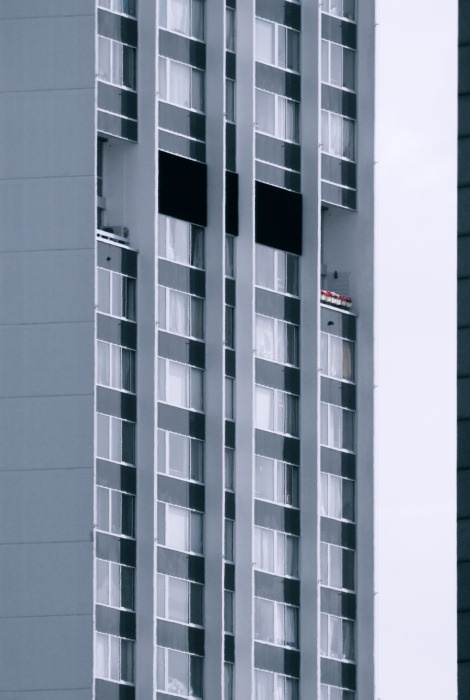
As it has no diaphragm, this might get a bit tricky if you are directly shooting against light. This picture is shot at 1/4000s, and it was quite close to have clipping on highlights:
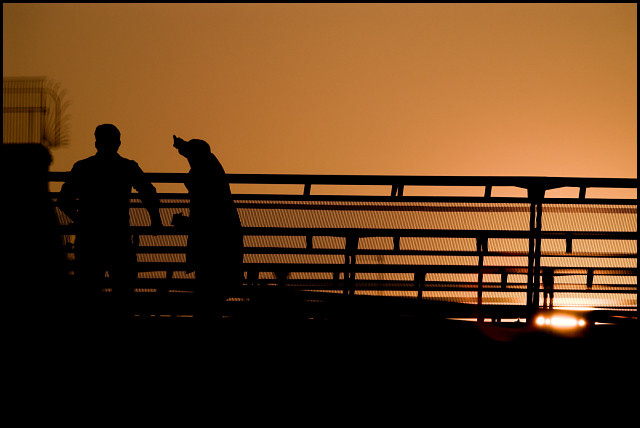
This is likely why it is provided with a neutral density front filter.
The central obstruction makes the bokeh to look like doughnuts (torus):
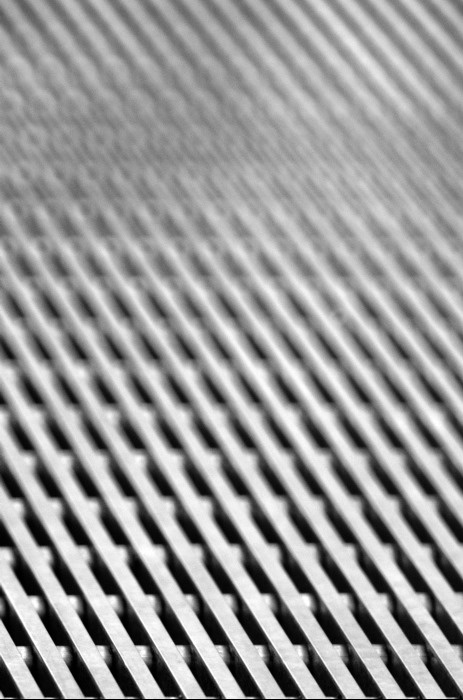
With a bit of practice, you can actually use this feature to enhance your shots:
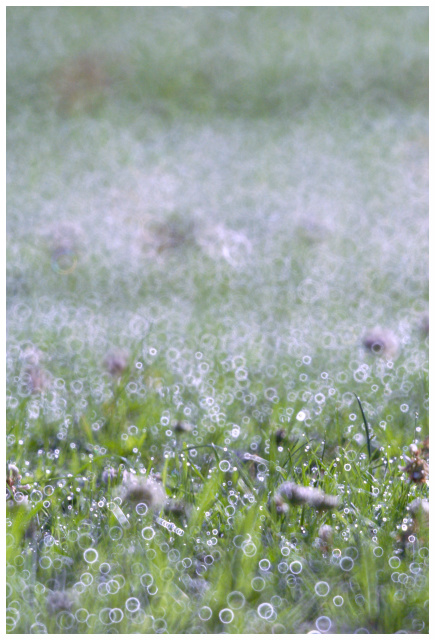
| 0 trackbacks
| permalink
| related link
Friday, March 20, 2009, 04:41 PM - Lenses
This is an old T4 mount lens manufactured by Tokina, and released in 1977. This sample is branded as Soligor, but it was also released under the Vivitar brand.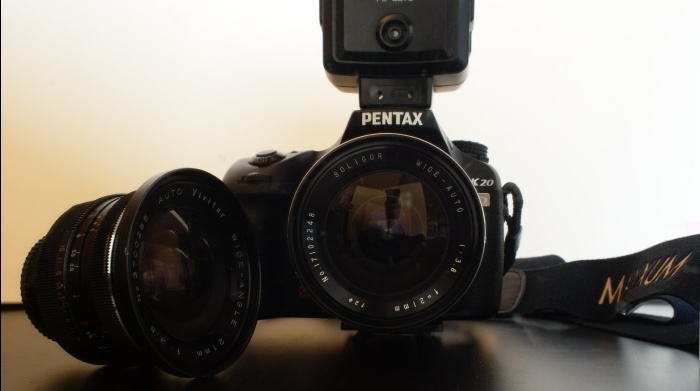
The Soligor version on camera, next to the Vivitar version.
Using 72mm front filters, it is a mid sized lens, not too big, but not really small either. Weight is very reasonable, at 380g (including the T4 to M42 adapter).
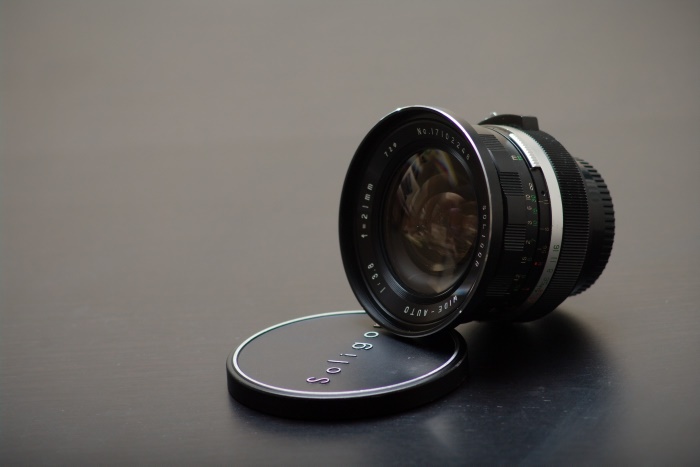
T4 adapters are available for various mounts, so I am using this lens with a T4 to M42 adapter, and then an M42 adapter for my camera.
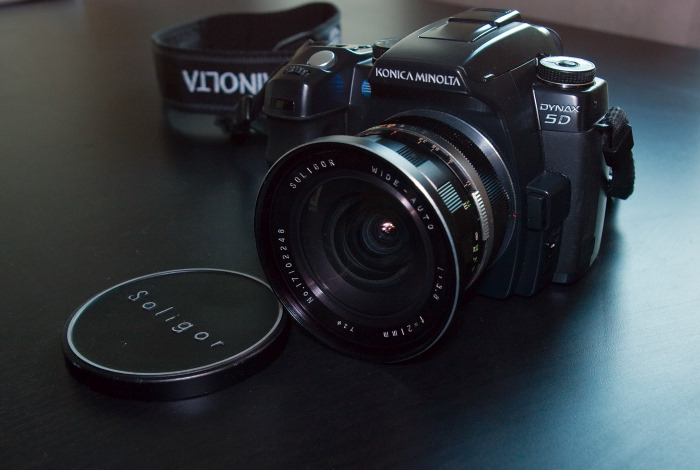
First, some bokeh samples, wide open:

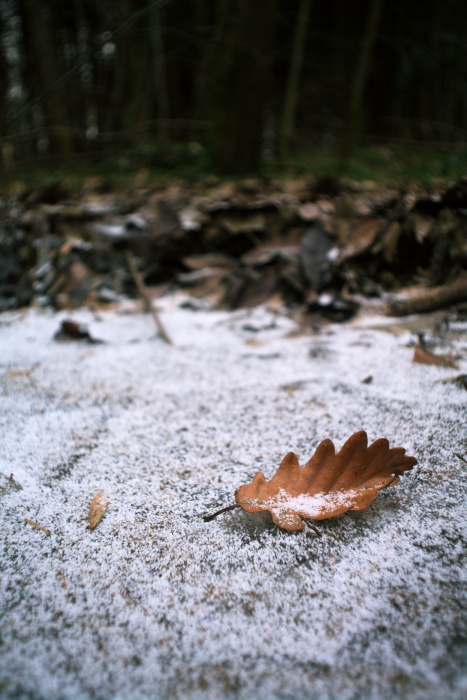
Those are not that bad, but not that good neither. As with most wide lenses, bokeh is slightly harsh. Moreover, the maximum aperture of only f/3.8 doesn't really help in creating a narrow depth of field.
The minimal focus distance is a bit less than 30cm, which helps in creating some interesting pictures:
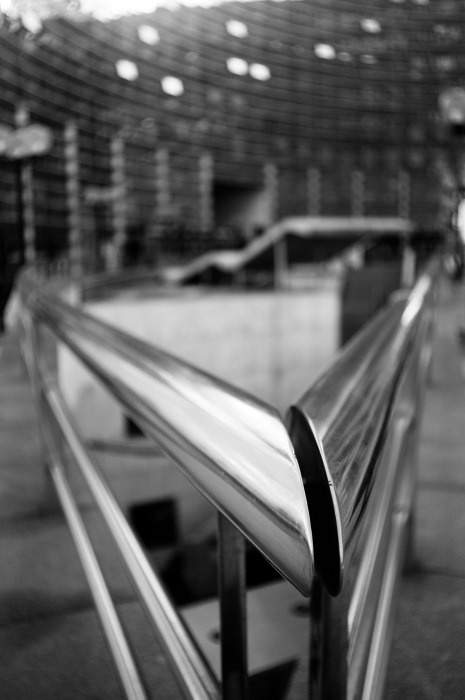
Distortion seems relatively low (on this pic I was not totally parallel to the building):
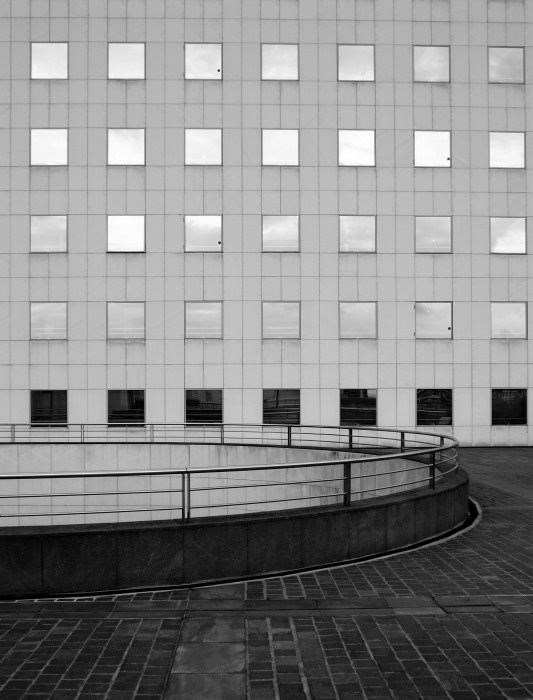
As it is a wide 21mm lens, by f/8 the depth of field is huge:

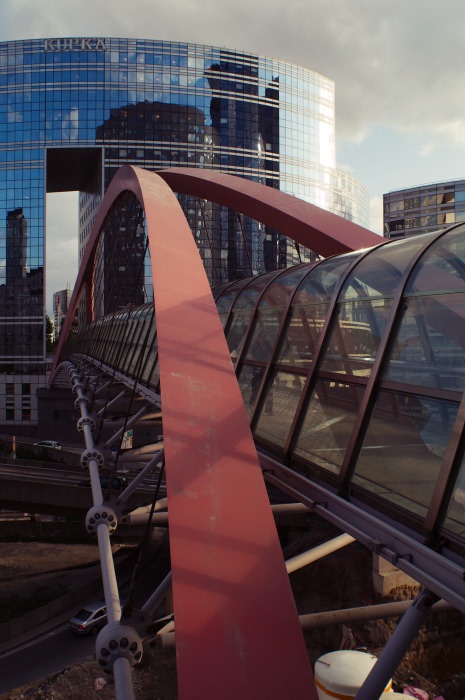
For an old lens, it is relatively flare resistant (but less than the SMC Takumar 17/4), even if it is significantly less resistant than modern lenses:
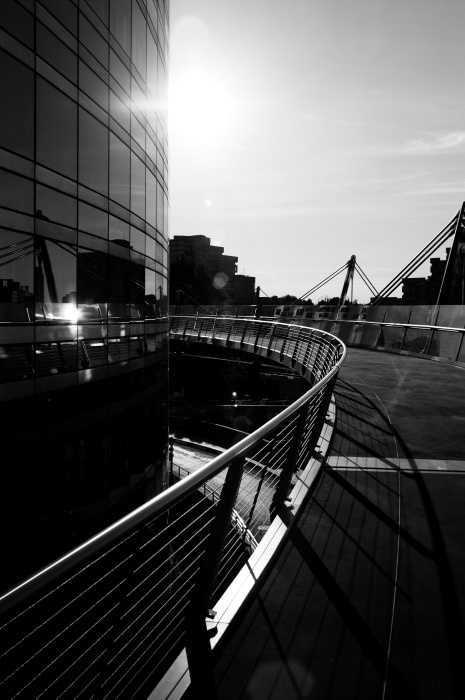
You can play a bit with its moderate flare:

Still, you will sometimes have some unwanted reflections, like those building lights that are reflected into the left sky part of the picture:
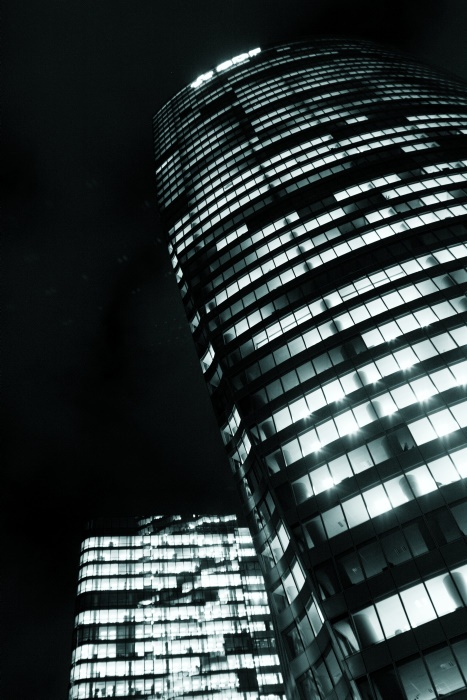
Sometimes with wide lenses you would like to be able to shift them in order to correct perspective:
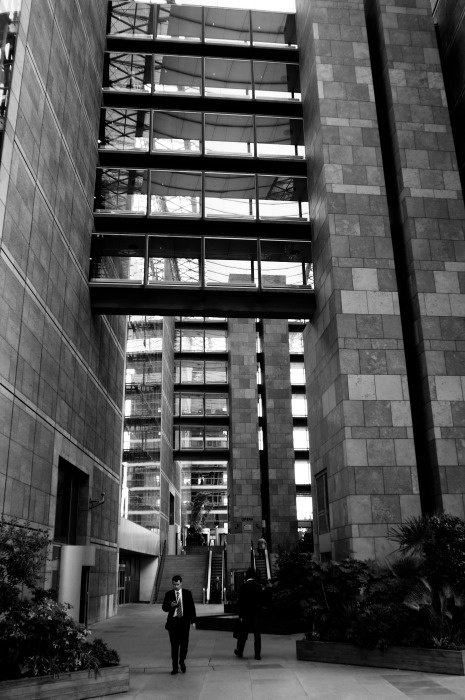
Still, being able to shoot wide is handy:
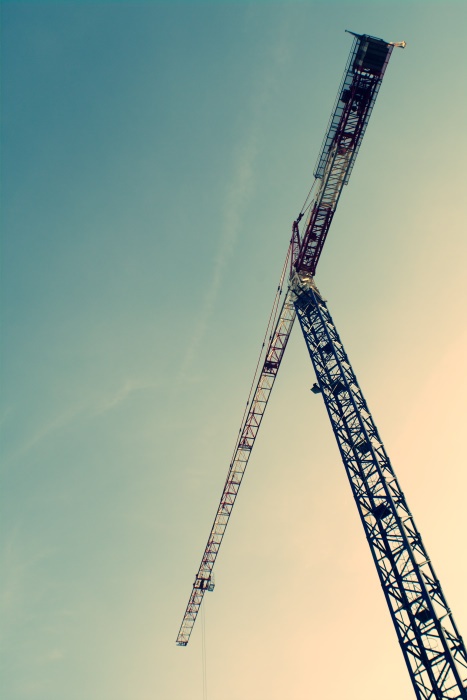

Focus ring is smooth, but at about -5°C it will start to be significantly stiffer, making the lens harder to use (especially if you are wearing gloves).
Sharpness is reasonable, but not exceptional: while it was fine by f/8 on my 6 megapixels KM5D, on the 14 megapixels K20D corners are noticeably softer than the center if you pixel-peep. You then have to close down aperture to f/11 in order to improve this behavior. On a 14 megapixels camera, diffraction will make you loose a bit of resolution by f/11, but then the overall result is more even across the whole frame. I think that it is adequate for printing 30x45 cm, but probably not much bigger.
(all tests done on APS-C cameras)
Saturday, March 14, 2009, 08:24 PM - Servicing
There are some interesting lenses available from under the Vivitar and Soligor brands using the T4 mount. Adapters are available for several mounts, including m42, which can then be used on various modern cameras.However, there is a small issue: if your m42 adapter is not pushing the rear diaphragm pin, you will have to use the M/A switch on the side of the adapter. This would not be an issue if it could be locked either into Manual or Auto position, but the switch on the T4 to m42 adapter is spring loaded, so you have to hold it in order to close the diaphragm.
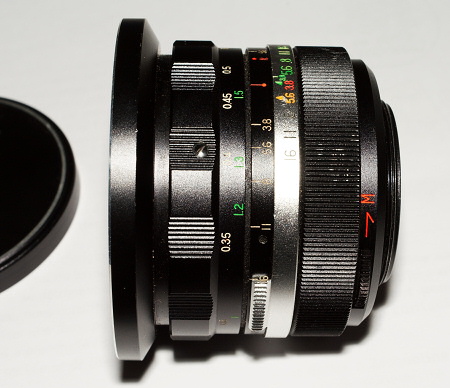
The "M" switch at the rear of the lens (on the T4 to m42 adapter)
First, here is now to know that a lens is a T4 (or TX) lens: there is a double aperture scale (it goes on both directions), and the lens features a O/L (Open/Lock) locking mechanism for the mount adapter which protrudes from the lens.
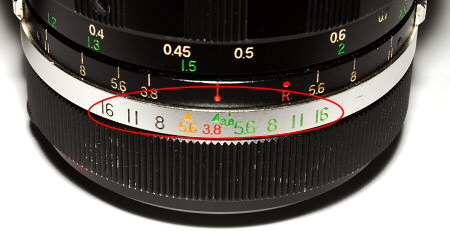

Now, we are going to find a way to keep the diaphragm closed without having to hold the "M" switch.
Remove the T4 adapter from the lens:

On the lens, we can see the pin which actuates the aperture: when it is pushed by the mount adapter, the diaphragm is opened, and closed otherwise.
Open the adapter by removing the side screws:
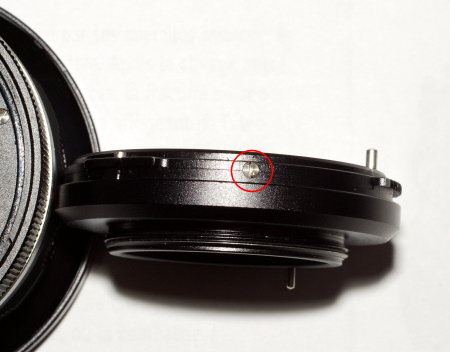
Here is the opened adapter:
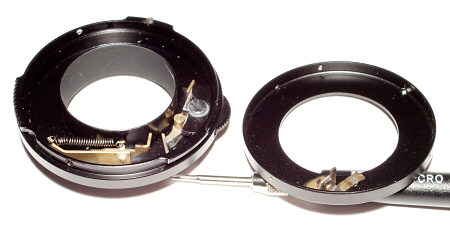
Remove the spring:
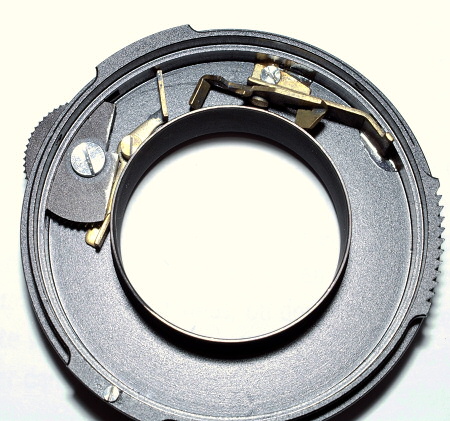
This is enough to keep the aperture closed when the adapter is put back onto the lens, but now the cams are freely moving inside the adapter.
We are going to try mounting the M switch in reversed position. As it is asymmetric, that should be enough the prevent it from moving.
Remove the axis:
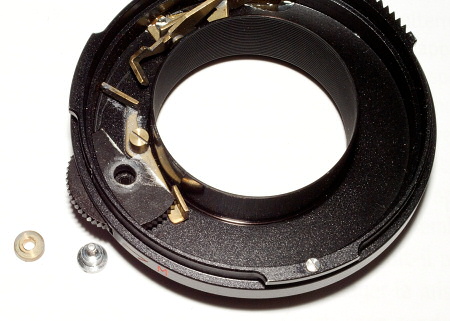
(the silver part is from the top, and the golden part is from under)
Now, remove this other axis:
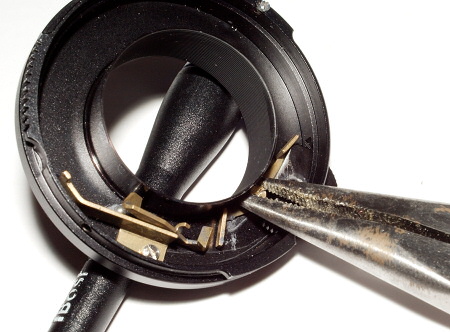
We are now able to remove the M switch:
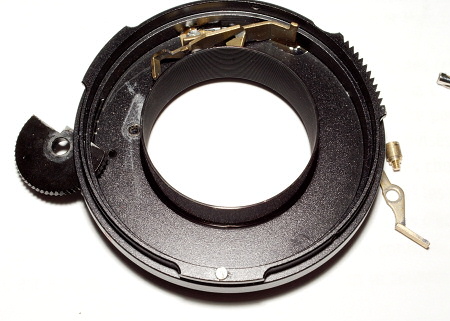
And put it back, but in reversed position:

Unfortunately, it is only at this stage that I noticed that this was NOT enough to keep the M switch in the right position and prevent it from moving.
So let's put a piece of rubber (cut from an eraser) there in order to lock it:
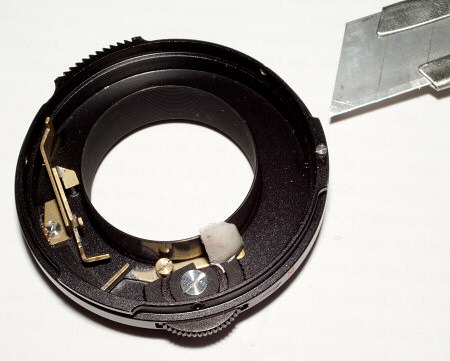
We can now put the spring back, and close the adapter. The part which was previously pushing the diaphragm pin in the lens (this opening the diaphragm) is now recessed:

Of course, now I know that it would have been easier to just open the adapter and lock the cam with the piece of rubber, without any need to remove the spring or revert the M switch.
Tuesday, February 3, 2009, 04:33 PM - Photography
Lenses coating dates back from 1935, when it was invented by Alexander Smakula, working for Carl Zeiss. While multi-layers coating (multi-coating) was invented in 1938 by Katharine Burr (at General Electric), it was not widely used on camera lenses untill the 70s.Early multi-coating were easily scratched (or even wiped), so during a lot of years only single layer coatings were used.
During the late 60s, there was a cooperation between Asahi (the company which was latter renamed as Pentax) and Carl Zeiss Oberkochen. At this time, Zeiss was trying to partner with a Japanese manufacturer in order to produce a range of SLR cameras. (but finally partnered with Yashica to produce the Contax SLR)
The result of this cooperation brought the K mount (designed by Zeiss), the 15/3.5 rectilinear lenses (with some variations between the Asahi and Zeiss versions), and a new multicoating process. (it is unclear which company played the most important part within this)
This process allowed to apply resistant multicoating at a reasonable cost, and to increase the number of coating layers. The resulting multi-coating was said to only have a light loss of 0.2% per surface, ie a transmission factor of 0.998.
In 1972, Asahi used their strong multi-coating as a marketing argument, introducing the "Super Multi Coated" lenses (renamed to "SMC" slightly after), and claiming to use up to 9 coating layers.
Zeiss, which was then using a similar coating (same process but potentially different chemicals) renamed their T coating into T* in 1973, in order to use this as a selling point.
(T coating was originally single layer coating, but was improved through the years)
Those advanced multi coating were really a breakthrough, so competitors quickly reacted to this. Fuji stated that they would start using their EBC multicoating, featuring up to 11 layers, for camera lenses (it was already in use for their cine lenses). Nikon stated they where already using up to 4 coating layers), and Leitz and Canon stated that they were already working on similar multi-coatings.

Back Next

 Calendar
Calendar




